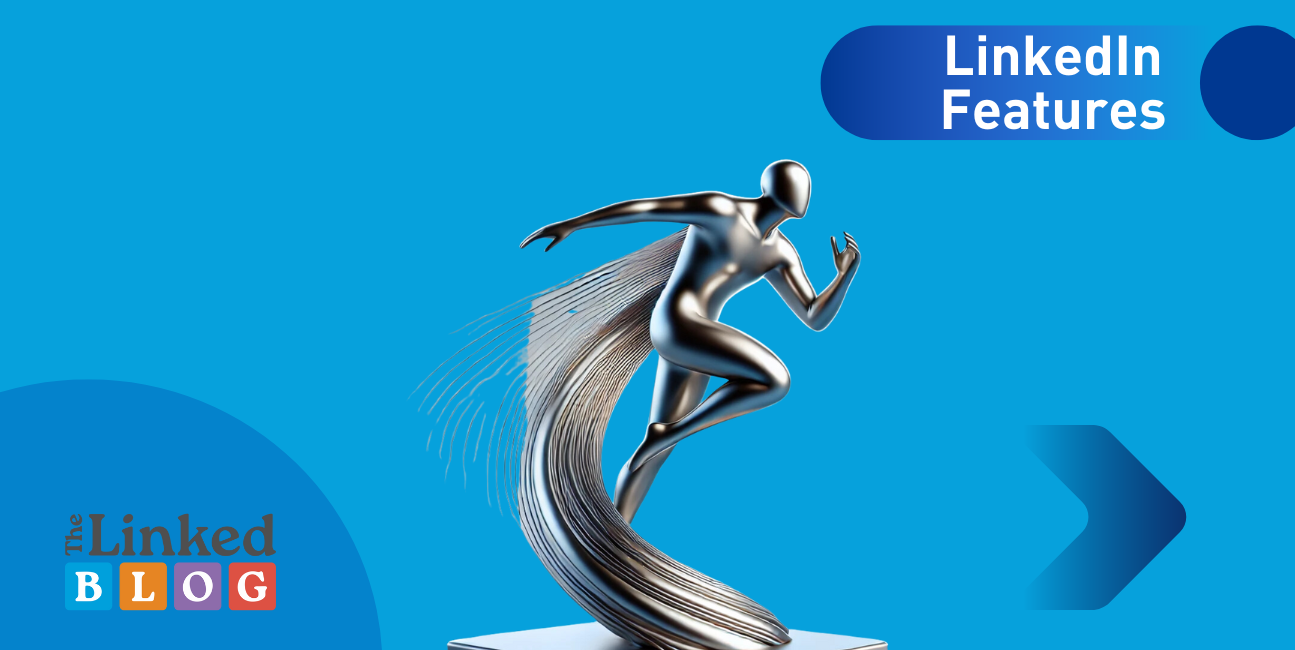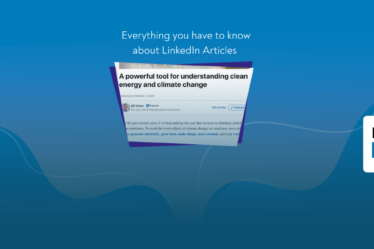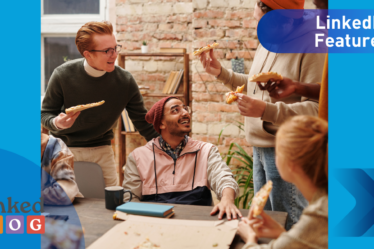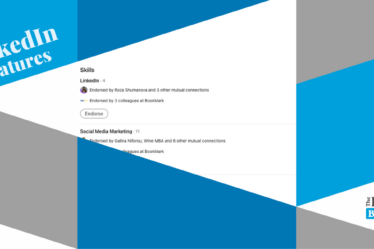
LinkedIn – The professional platform of 21st century
It’s probably no secret that LinkedIn is the platform where you can be whatever you want in the 21st century. Whether you are trying to position yourself as an expert, freelancer, business leader, thought leader, or just an ordinary user of the platform, LinkedIn lets you be! But why is this possible, and how does the platform continue to exceed expectations every single year? To answer this question, let’s first check out the number of users on the platform in millions over the years.
Figure 1. LinkedIn users over the years in millions
Source: The chart is compiled by the author from (Business of Apps, 2024)
In the chart above, we can see that over the period shown, the social media site LinkedIn has experienced a growth of over 19 times in terms of users. In the now distant year of 2016, Microsoft purchased the platform, and we can notice that if before there was an average growth of about 50-60 million users per year, shortly after the acquisition, this changed, and the annual growth of the platform amounted to almost 80-100 million users (an average of between 25-100% growth compared to the previous periods before Microsoft). Not only was there an increase in terms of users, but in terms of engagement rate as well.
Microsoft’s acquisition of LinkedIn – The Game-Changer
Microsoft’s acquisition of LinkedIn was a game-changer, indeed. When Microsoft acquired LinkedIn in 2016, many wondered if the professional networking giant would suffer the fate of other social media platforms that had been bought out and subsequently declined. The tech world was buzzing with skepticism, drawing comparisons to the tumultuous journey of Twitter, which had seen significant user dissatisfaction and instability following its acquisition by Elon Musk, now rebranded as X. The drop in users was stark, as highlighted in Figure 2 below.
Figure 2. Number of X (formerly Twitter) users worldwide from 2019 to 2024
Source: Statista
We can talk about other social media platforms all day, however, let’s get back to the important part – why did Microsoft not fail LinkedIn? LinkedIn’s story was different. Microsoft had a clear vision and a strategic plan that would not only preserve LinkedIn’s core value but elevate it to new heights.
The 5 Steps of Microsoft, that led LinkedIn to Success
Strategic Integration
One of the first strategic moves Microsoft made after acquiring LinkedIn was to integrate the platform with its suite of productivity tools, such as Office 365 and Dynamics 365. This integration has profoundly enhanced the way professionals interact and manage their workflows.
Imagine opening an email in your Outlook inbox and, with a single click, being able to access the LinkedIn profile of the sender. This feature allows users to gather valuable information about their contacts without ever leaving their email interface. Professionals can quickly view a contact’s career history, mutual connections, shared interests, and recent activities, providing a comprehensive background that can enrich business communications and networking efforts.
The integration also extends to other Microsoft applications. In Dynamics 365, sales teams can leverage LinkedIn Sales Navigator to gain insights into potential leads, track their engagement, and tailor their sales pitches more effectively. By accessing LinkedIn data directly within Dynamics 365, sales professionals can identify key decision-makers and influencers within target organizations, improving their ability to close deals and build lasting business relationships.
Focus on Professional Development
Then came LinkedIn Learning – a vast library of courses at your fingertips, covering everything from advanced data analysis to essential leadership skills. By investing in LinkedIn Learning, Microsoft transformed the platform into a hub for continuous professional development.
Figure 3. LinkedIn Learning and it benefits
Source: LinkedIn Learning
Users flocked to LinkedIn not just to network, but to learn and grow in their careers. The courses offered were practical, engaging, and incredibly valuable for career advancement, making LinkedIn indispensable for professionals committed to lifelong learning.
Leveraging AI and Data Analytics
Next, Microsoft infused LinkedIn with its powerful AI and data analytics capabilities. This technological enhancement was like giving LinkedIn a crystal ball. The platform began offering highly personalized content and connection recommendations, making users feel like LinkedIn understood their unique professional needs and aspirations.

Figure 4. Automatic LinkedIn Information on Email
Source: TheLinkedBlog
Whether it is job suggestions, potential connections, or relevant articles, LinkedIn’s new AI-driven features kept users engaged and returning for more. For businesses and recruiters, these advanced insights mean targeting the right candidates was more efficient than ever before.
Global Expansion
Despite the fact that LinkedIn was already a global platform before Microsoft’s takeover, the social media company embarked on an even more ambitious expansion journey. Imagine LinkedIn spreading its wings to new international markets, tapping into regions previously out of its reach. Microsoft’s financial backing and strategic support were crucial in this endeavor.

Figure 5. Regions in terms of LinkedIn users
Source: TheLinkedBlog
It is important to note that the numbers shown on the table above are up to date up to December 2023 and some of them may not be accurate due to cache & cookies policies and restrictions. By leveraging Microsoft’s established infrastructure and local market knowledge, LinkedIn attracted a broader and more diverse user base. This global expansion enriched the platform’s demographic diversity, making it a truly global professional network.
Infrastructure Improvements
Behind the scenes, LinkedIn’s performance and reliability received a massive boost, thanks to Microsoft’s robust cloud infrastructure. Utilizing Azure, Microsoft’s cloud computing service, LinkedIn became faster, more reliable, and capable of handling a rapidly growing user base. Picture a LinkedIn experience with faster load times and minimal downtime, where users could depend on the platform for critical networking and career activities without interruption. This improvement in reliability was crucial for maintaining user trust and engagement.
The Moral of The Story
Microsoft’s thoughtful and strategic enhancements turned LinkedIn into a shining example of a successful acquisition. By focusing on integration, professional development, AI-driven personalization, global expansion, and infrastructure improvements, Microsoft ensured that LinkedIn did not just survive but thrive post-acquisition. The platform’s remarkable growth, averaging an annual increase of 25-100% in users, is a testament to the success of Microsoft’s approach.



